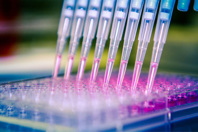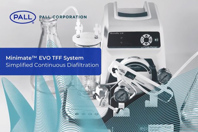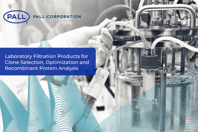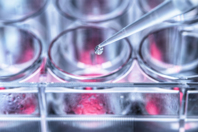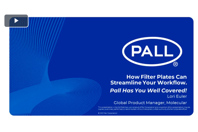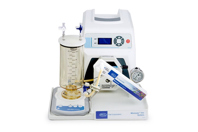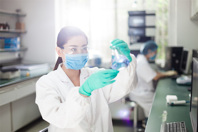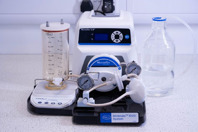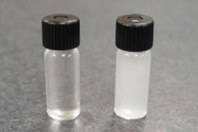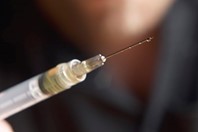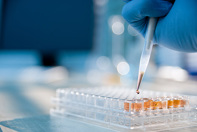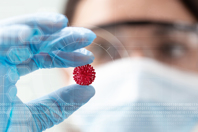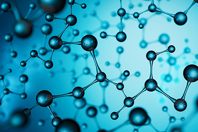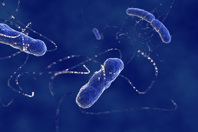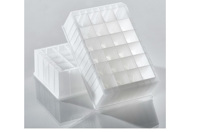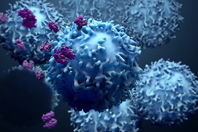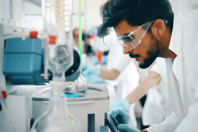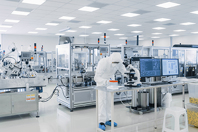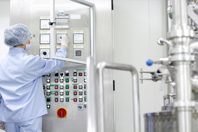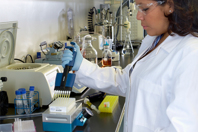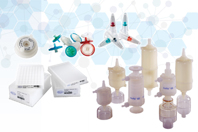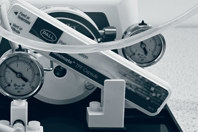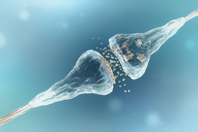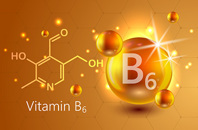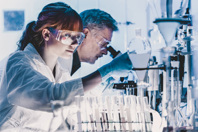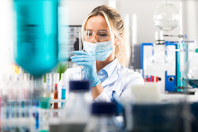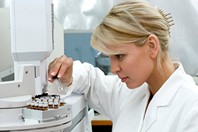
ABOUT CYTIVA
With a rich heritage dating back hundreds of years, Cytiva brings a wealth of technical expertise and talent, a broad and deep portfolio, and exceptional service help researchers and biopharma advance therapeutics at every stage from discovery to delivery.
We supply the tools and support our customers need to work better, faster, and safer, leading to the delivery of transformative medicines to patients. Our combined portfolio includes well-recognized names such as Allegro™, Supor™, iCELLis™, and Kleenpak™, in addition to ÄKTA™, Amersham™, Biacore™, FlexFactory™, HyClone™, MabSelect™, Sefia™, Whatman™, and Xcellerex™. Visit cytiva.com to learn more.
VIDEOS AND WEBINARS
-
Learn about the different applications that filter plates can be used for, and see how they can improve laboratory workflows. Additonally, explore a portfolio of high-performance filter plates.
-
Learn about an easy to assemble and simple to use solution for laboratory TFF applications, the assembly of the system, and how to perform a continuous diafiltration.
-
See how Pall innovative and time-saving life science research products simplify and speed up your critical workflow steps and allow for faster data analysis and results.
-
Learn how to choose the best filtration device for your specific application and understand pore size, membrane material, well volumes and tip types.
-
In this webinar you will learn how to choose the best filter plate for your specific applications and understand pore size, membrane material, well volumes and tip types.
-
For reagents, security of supply is a regulatory requirement, a factor that’s critical to consistently monitoring host cell protein (HCP) during the production of a biologic.
APPLICATION NOTES
-
Optimize your protein purification workflow with tangential flow filtration by comparing membrane performance and exploring how protein concentration impacts flux and MWCO selection in lab-scale systems.
-
Typically, devices containing depth media filters offer more efficient filtration. Browse depth filtration products for the downstream processing of cell culture solutions, fermentation broths, and lysates.
-
Learn about the basic principles that govern tangential flow filtration (TFF) along with the use of TFF capsules and cassettes in laboratory and process development applications.
-
Discover a simple, easy, and versatile method for capsule and depth filtration of small volumes that moves research from cell harvest to purification as quickly and efficiently as possible.
-
Learn about a solution that can provide a simple, easy, and versatile method for capsule and depth filtration, allowing a quick, efficient move from cell harvest to purification.
-
Discover how we examined a DNA sample purification method employing 96-well filter plates as an alternate to organic extraction.
-
In this scientific brief we evaluate the performance of the Pall Nucleic acid binding (NAB) Nanosep centrifugal device for nucleic acid isolation.
-
In this report, we analyze the quality and quantity of gDNA as well as RNA from S. cerevisiae with Pall NAB Nanosep centrifugal devices in comparison with a renowned commercial brand.
-
How Syringe Filtration With Integrated Prefilter Technology Improves HPLC Performance And Throughput
In this article we review how particulate removal through filtration effects column life and how to handle difficult to filter samples.
-
We examine whether the sample tubes and collection tubes of the NAB Nanosep centrifugal devices contain detectable amounts of DNase or RNase.
-
This scientific brief reviews how high-performance syringe filters protect and extend the life of analytical HPLC and UHPLC instruments and columns.
-
This study assesses the use of NAB Nanosep centrifugal devices with commercially available reagents for PCR or agarose gel cleanup.
-
This paper simplifies syringe filter selection and reviews the membranes and sizes required for specific analytical applications.
-
Read how filtration technology is optimizing a scalable and GMP-compatible purification process for lentiviral vectors that works effectively from research and development through manufacturing.
-
In this study we evaluate the performance of the Pall NAB Nanosep centrifugal device for the isolation of SARS-CoV-2 viral RNA from human saliva samples spiked with heat inactivated virus using reagents (RCOM1 and RCOM2) from two commercially available kits for extraction of viral RNA.
-
The most problematic step in the purification of synthesized biomolecules is the clarification of the sample once the cells are lysed. The lysate often contains biomolecule concentrations millions of times higher than the molecule of interest. Here we present a lysate sample preparation procedure using the AcroPrep™ Advance filter plate for lysate clearance that effectively removes unwanted cellular debris from samples.
-
This application note demonstrates systems that have proven quite useful for clarification of mammalian cell cultures such as CHO-cells, by combining the cell clearance and sterile filtration functionality in a single device.
-
Many techniques in Life Science research rely on efficient sample preparation methods. Concentration and purification of samples are key steps in the workflow that can greatly affect the outcome of the experimental results. Pall has increased the range of AcroPrep 24-well filter plates offered to help streamline membrane selection and provide effective solutions for multiple sample preparation needs. This document reports the data generated by ultrafiltration of proteins of known size with AcroPrep 24-well filter plates.
-
Over the last 5 years, the use of 24-well cell culture plates in laboratory applications has substantially increased. This market segment has expanded at an estimated 14% compound annual growth rate (CAGR)— a pace that is expected to continue in coming years. This paper explores the evaluation of the potential applications for its new AcroPrep 24-well filter plate line, plus the time savings it can achieve in protein purification workflows.
-
Membrane filtration is the preferred method for sterility testing. Viscous products, such as oils, creams and ointments can prove difficult to filter. As per USP <71> viscous oils may be diluted as necessary with a suitable sterile diluent such as isopropyl myristate shown not to have antimicrobial activity in the conditions of the test. Sterile isopropyl myristate (IPM), has been shown to have no anti-microbial activity in test conditions. This study investigates the effectiveness of IPM as a diluent by comparing filtration times with unfiltered oils.
-
In recent years, biopharmaceutical research processes have demonstrated major improvements in the quality and recovery of mAbs, which to an extent have been associated with culturing the expressing cell lines at high cell densities. This work has generated a great challenge in cell clarification, sterilization, and further downstream processing. These processes must remove large amounts of biomass and increased levels of contaminating cell debris generated during cell culture and harvesting.
-
This paper demonstrates that extraction column spin devices can efficiently isolate and purify high-quality RNA and genomic DNA with yields and qualities similar to devices found in commercial kits.
-
The demand for high purity plasmid DNA continues to increase in molecular biology research. This app note covers a solution for nucleic acid binding for small scale plasmid DNA purification.
-
Centrifugation and filtration have been widely accepted as techniques required for clarifying complex cell cultures to recover extracellular proteins such as monoclonal antibodies (mABs). Read an alternative to the use of centrifugation/filtration/flocculation to clarify mammalian cells cultures and describes assessment of newly developed AcroPrep 24-well clarification and sterilization plate and AcroPrep 24-well sterilization plate for clarification of mammalian cell cultures (2 to 26 x 106 cells/mL) and recovery of proteins present in the supernatant.
FEATURED PRODUCTS
-
Pall combines innovative membrane filter technology with optimized multi-well plate designs. The AcroPrep filter plate portfolio offers 24, 96, and 384-well high performance filter plates that result in fast sample flow and targeted size separation for efficient filtration, accurate separation, and reliable sample recovery all while minimizing crosstalk and extractables (leachables) that can interfere with downstream analysis.
-
Pall Laboratory develops and produces many different membrane chemistries and devices for a multitude of applications. We offer products for molecular purification and characterization, media prep, analytical chemistry and microbiology.
-
Pall’s high-performance filtration solutions cover every step of the life science workflow - from cell line development to clone selection, optimization, and protein analysis. Our products simplify processes, reduce risk, and accelerate laboratory throughput.
CONTACT INFORMATION
Cytiva
100 Results Way
Marlborough, MA 08855-1327
UNITED STATES
Phone: 800-526-3593
FEATURED ARTICLES
-
Learn about tangential flow filtration (TFF), typical TFF system configurations, ultrafiltration fundamentals, applications, system selection considerations, and more.
-
Learn more about the potential of microRNAs as therapeutic targets being investigated for a number of different disease states.
-
By employing a simple strategy many different lab protocols where filtration is required can be accelerated. Learn more about automation-friendly 96-well filter plates that enable more samples to be filtered in one go.
-
Learn more on the importance of sterile filtration and how sterile filters are validated by the manufacturer and review the process and value of selecting the best prefilter to improve final sterile filtration performance.
-
Learn how ultrafiltration devices in various steps of the cloning workflow can provide a more streamlined process compared to traditional methods of subcloning PCR-generated fragments.
-
This article covers the concepts of protein concentration and diafiltration, comparing different ways of performing diafiltration and their impact on process time, volume, product stability, and recovery.
-
How do you use filtration in HPLC? Why might you not use filtration in HPLC sample prep and in-system, and when is it essential? And how can syringeless filters simplify your workflow, saving resources and time? Let’s find out.

